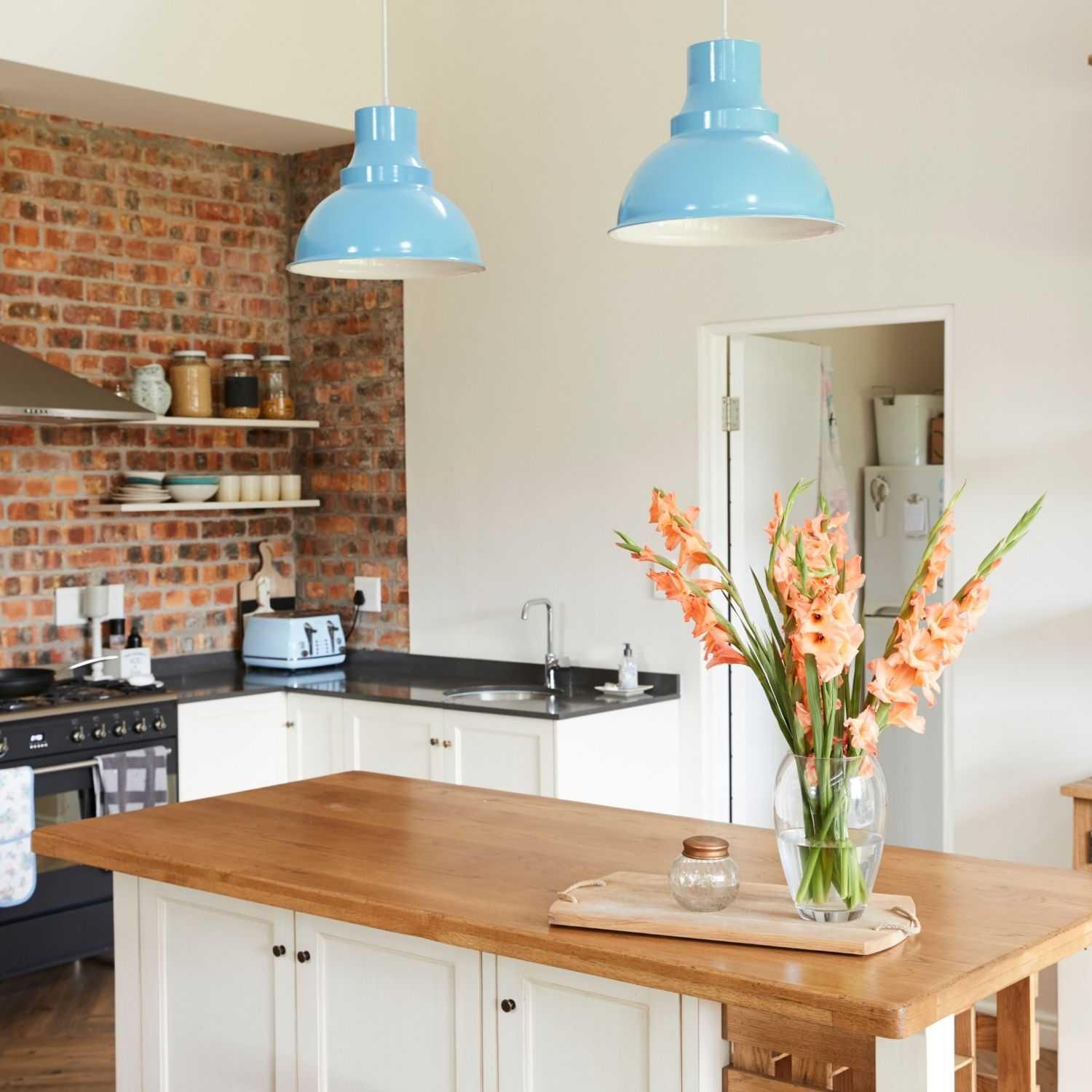Share post:
Key Takeaways:
- Dynamic pricing strategies adjust nightly rates for short-term rentals to meet the changing demand for accommodations in London.
- Flexible pricing tools utilise algorithms that automatically adjust nightly rates in response to real-time market data. This ensures the property is never over- or under-priced.
- Fixed pricing can result in a loss of revenue during peak seasons or missed bookings when demand is low.
- Seasonality, local events, day of the week, competitor pricing and booking lead times are the factors influencing dynamic pricing strategies.
- The right price boosts occupancy and visibility by staying competitive—a strategy that helps shortlets rank higher and convert more searches into confirmed bookings.
What Are Dynamic Pricing Strategies
Dynamic pricing strategies adjust the nightly rental rates of shortlets based on market demand, seasonality, competitor pricing and guest booking behaviour.
The overall short-term rental market in London experienced a 6% decline in year-over-year RevPAR during August. Despite this, City Relay properties enjoyed an 8% YoY increase in RevPAR during the same month.
The reason?
We used dynamic pricing strategies. Instead of having a fixed nightly rate for weeks or months at a time, we opted to price rental properties based on market fluctuations.
Why is dynamic pricing better than a fixed price strategy?
Having a single rental rate, regardless of the season or market demand, could result in lost revenue during peak seasons or missed bookings during periods of low demand. Even if your fixed pricing strategy has a high or low season rate, it can’t maximise your short-term rental property’s earning potential. At least, not in the same way as having flexible rental rates.
Fixed pricing is especially not ideal for London shortlets because you can’t capitalise on high-demand weekends caused by a musical event in Hyde Park or a major sporting event at Wembley Stadium.
A rigid pricing strategy would charge the same price that would be just right in July, but maybe too high in January. This could result in lost bookings during the low season.
As you can see, London short-term rental owners need flexibility if they want to maximise their rental earnings each month.
Why Dynamic Pricing Attracts More Bookings
Using dynamic pricing strategies ensures that a short-term rental is priced competitively, reflecting the current market demand and property value.
There are 3 reasons why dynamic pricing is effective in driving occupancy rates higher.
Eliminates overpricing when demand is low
Dynamic pricing will automatically adjust nightly rates to reflect lower demand for accommodations. This makes your shortlet appealing to budget-conscious travellers who choose to travel during the off-peak season.
This pricing strategy will not just lower your rates. It will make sure your property is priced lower than your competitors. This will help your listing appear higher in the search results and increase its visibility to guests.
Capitalises on high demand
When demand is high and your nightly rate is too low, your property will be booked quickly. Your property will likely fail to capture its true market value during this time.
If there’s a major event, for instance, the demand for accommodations will spike. This results in a decrease in the availability of local accommodations. The increased scarcity will prompt nightly rates to rise.
To a participant who values the major event, they would be willing to pay a premium price just to be closer to the venue. By using dynamic pricing, you ensure this booking for high-value guests instead of losing it for a lower price in advance.
Fills gaps in the calendar
Sometimes, booking calendars have a few days between longer reservations. Dynamic pricing strategies will lower prices or offer discounts to attract bookings to fill these “orphan” gaps.
If the vacant date is closer, prices will be automatically lowered, making it more appealing as a short-stay booking. It would be better to have a lower revenue than none at all.
How to Apply Flexible Pricing Strategies
Setting a fixed nightly rate for short-term rentals appears to be a straightforward strategy for property owners. However, it ignores an important fact about the travel industry: the demand is always changing.
One month enjoys high demand while the next suffers through high vacancy rates. By using dynamic pricing strategies, you can factor the fluctuating demand to maximise your property’s earning potential.
Here are the key factors that shape a dynamic pricing strategy and how you can use them to get the best nightly rate for your shortlet.
Seasonality
The demand for short-term rentals changes over time. For instance, the 3rd quarter of every year sees more guest nights compared to the 4th quarter.
Did you know:
Guest nights in the UK went from 28.8 million in Quarter 3 of 2023 to 18.1 million in Quarter 4 of 2023.
In London, it’s generally tourist season all year round. However, the number of visitors peaks from early June to late August. This coincides with reports showing a decrease in guest nights, from 5.1 million in Q3 2023 to 4.7 million in Q4 2023, representing a 6.6% decline.
If you have a flat in tourist hotspots like Central London, you can charge a premium rate in July, but be sure to lower it in January and February, when demand is lower.
Local Events
Look out for local events, such as concerts, West End premieres, or major sporting events. These drive demand in nearby accommodations, including short-term rentals. Ensure your property is properly priced to capitalise on that demand.
For instance, during the London leg of Taylor Swift’s tour, the international artist drew nearly 700,000 attendees, all of whom had to find accommodations in the vicinity of Wembley Stadium.
If you have a property near Wembley Stadium or similar venues, consider adjusting your rates to capitalise on the high demand that major events or spectacles will attract.
Day of the Week
Typically, Friday and Saturday nights (weekends) command higher nightly rates compared to midweek nights. Adjust prices during the weekend to maximise the influx of visitors or even staycationers.
However, you should also consider the location of your property. If you have a flat near the London business district, you’ll get a higher number of corporate stays from Monday to Thursday. You may want to adjust your rates to capitalise on that opportunity.
Competitor Pricing
Regularly conduct a competitor price check to monitor the prices of properties in your area. This ensures your property secures the best pricing spot, making it a preferred choice over other accommodations in the area.
Just make sure you compare it with similar properties. For instance, if your property is a 2-bedroom unit, compare it with other apartments having the same number of bedrooms.
Booking Lead Times
Generally, rates are higher for last-minute bookings compared to those made in advance. This encourages early planners to book their accommodations in advance.
However, some nightly rates may be lowered or offered at a discount to fill gaps between longer bookings. Dynamic pricing tools can do these adjustments automatically.
Examples of Dynamic Pricing Strategies
London property owners have different options when applying dynamic pricing strategies.
- Holiday or Event Pricing: Increase your rates during popular holidays (e.g. Christmas or New Year’s Eve) and major events (e.g. concerts, football games)
- Last-minute Discounts: Reduce rates to attract bookings for “orphan” gaps in the calendar, specifically unbooked dates within a 48- to 72-hour window.
- Length-of-Stay Discounts: Offer lower rates to encourage longer bookings (e.g. week-long or monthly stays), especially during off-peak seasons.
- Midweek Rates: Make weekday bookings more affordable by offering lower rates, thereby balancing the higher demand for weekend bookings.
- Seasonal Pricing: Identify low, mid, and high seasons and set pricing tiers accordingly.
These dynamic pricing strategies ensure maximum rental earnings for both peak and off-peak seasons. It can also provide stable rental income, specifically for pricing strategies that encourage longer stays.
FAQs to Increase Occupancy Rates
Why is dynamic pricing better than fixed pricing in Central London?
Dynamic pricing is more effective in Central London properties because the area is a hotspot for tourists and visitors, with its business district, theatre productions and various historic sites. Dynamic tools will automatically adjust the nightly rates of short-term rentals to secure bookings and maximise revenue.
Do platforms like Airbnb or Booking.com offer dynamic pricing tools?
Yes, Airbnb, Booking.com and similar letting platforms offer dynamic pricing tools that can help property owners maximise their short-term rental earnings. Property management companies, such as City Relay, also employ advanced and tailored dynamic pricing strategies that cater to the specific needs of property owners.
Do dynamic pricing strategies consider short-term letting laws, such as the 90-day rule?
Yes, professional dynamic pricing tools, especially the latest versions, are location-specific. That means they are integrated with prompts that take short-term letting laws into consideration. City Relay will also ensure shortlets are 100% compliant with London regulations while maximising rental earnings.
What is the most profitable time in London for shortlets?
The peak season for shortlets is typically during the summer months of June, July and August. The high demand and revenue are driven by international travellers and school holidays. December is also a key month because of Christmas and the New Year. Increase your rates during these periods, but be sure to lower them again in January and February, as these are off-peak seasons. Utilise dynamic pricing tools to automatically set the optimal nightly rate. You can also work with a property management company that monitors market trends to ensure your property will perform well throughout the year.
Maximise Occupancy and Revenue Through Dynamic Pricing
The key to a thriving short-term rental is property pricing and timely rental rates. The demand for short-term accommodations in London fluctuates just as much as the tourists that come in. To maximise occupancy rates and boost rental income, you need to set the right price to ensure your property stays competitive all year round.
Dynamic pricing strategies can help you with this. You can either use a tool to automatically adjust your rates or work with a property expert.
City Relay will provide you with access to advanced pricing tools, leveraging local expertise and exceptional property management services. Thanks to an in-house housekeeping team, your property will be well-maintained and always ready for the next booking.
Would you like to know more about City Relay’s dynamic pricing strategies and stress-free operations? Let’s start by checking how much your property can earn. Get a free rental estimate now.













